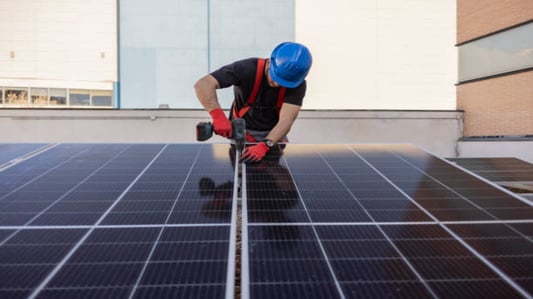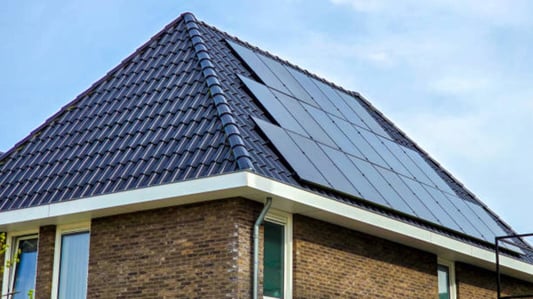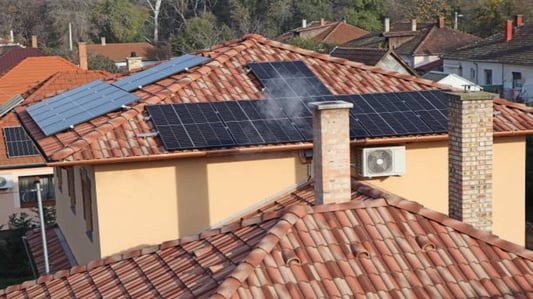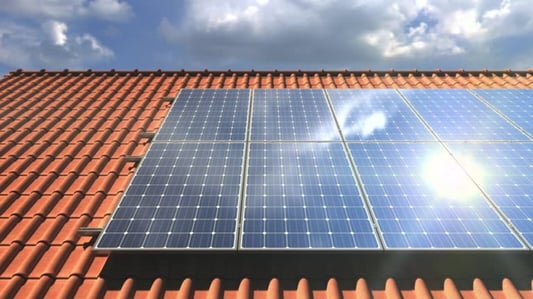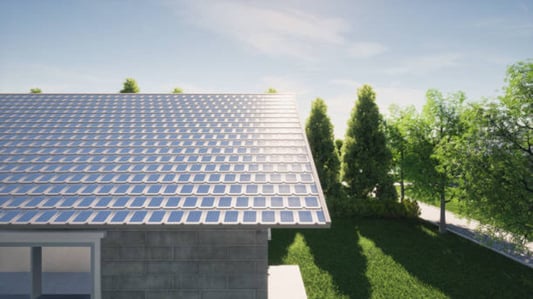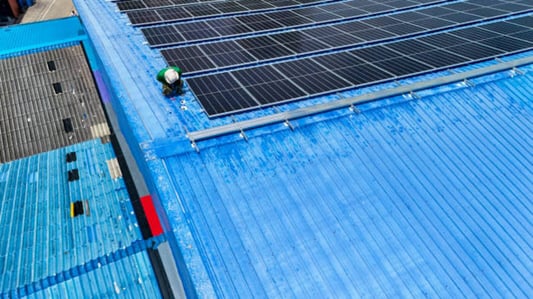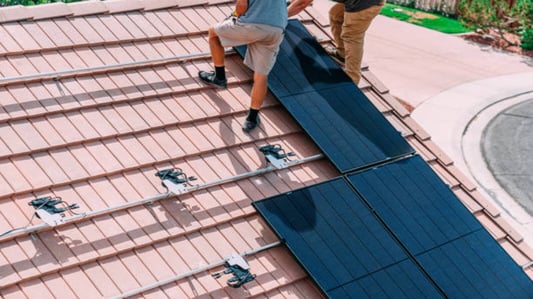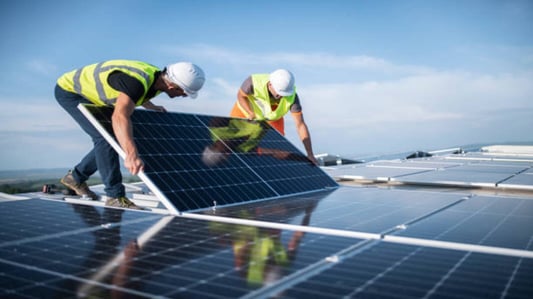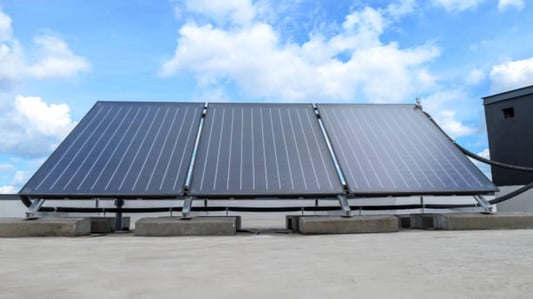The Importance of high wind load tile roof solar mounting systemsHigh wind loads pose a significant threat to any solar panel installation, particularly those mounted on tile roofs. The damaging effects of strong winds are only intensified when combined with the rigid and heavy nature of tile roof structures. To avoid potential damage and ensure the longevity of your solar panels, it’s vital to invest in high wind load tile roof solar mounting systems.What Are High Wind Load Tile Roof Solar Mounting Systems?High wind load tile roof solar mounting systems are specialized racking systems designed to withstand strong winds and secure solar panels onto tile roofs. These systems comprise various components, including rails, clamps, and flashing, all of which are engineered to meet specific wind resistance standards to secure solar panels onto tile roofs effectively. Benefits of High Wind Load Tile Roof Solar Mounting SystemsInvesting in high wind load tile roof solar mounting systems provides numerous benefits, including:Increased safety and stability for your solar panel installation, preventing damage and dislodgement caused by high windsExtended lifespan of your solar panel system through robust and durable mounting solutionsCompliance with building codes and regulations related to wind uplift and tile roof installationsFactors to Consider When Choosing High Wind Load Tile Roof Solar Mounting SystemsWhen selecting high wind load tile roof solar mounting systems, several factors must be taken into account, including:Weight capacity - the system should be capable of securely holding the weight of your panels, even during high wind eventsWind resistance - ensure the system is rated and tested to withstand strong winds and uplift forces specific to tile roofsCompatibility with your roof type - the mounting system should be compatible with your tile roof type and installation, including the size and spacing of your tilesEase of installation - selecting a mounting system with an easy and straightforward installation process can save time and labor costsWarranty and support - consider the manufacturer's warranty and support for the mounting system and components in case of any issues or defectsTypes of High Wind Load Tile Roof Solar Mounting SystemsThere are several types of high wind load tile roof solar mounting systems available, including:Tile hook systems - these systems use hooks that attach to the underside of the roof tiles, providing a secure and reliable attachment point for the mounting systemRail-based systems - these systems use rails that attach to the roof's rafter beams, providing a sturdy and flexible solution for securing solar panelsTop-mounted systems - these systems attach directly to the roof's ridges, providing a simplified and effective mounting solution that distributes the weight of the panels across the entire roof areaThe Installation Process for High Wind Load Tile Roof Solar Mounting SystemsThe installation process for high wind load tile roof solar mounting systems may vary depending on the system type and roof structure. However, the general process includes:Preparing the roof surface by removing any debris or loose tiles and ensuring the roof is structurally soundMarking out the installation points and positions for the mounting componentsDrilling and securing the mounting brackets or hooks onto the roof surfaceAttaching the rails or clamps to the brackets or hooks and securing them firmly in placePlacing the solar panels onto the rails or clamps and securing them with additional clamps or fastenersVerifying the installation's structural integrity and testing its wind resistance capabilitiesThe Cost of High Wind Load Tile Roof Solar Mounting SystemsThe cost of high wind load tile roof solar mounting systems varies depending on several factors, including the system type, your roof's size and shape, and the desired load capacity. Generally, the cost of installation ranges from $2 to $5 per watt, with the mounting system's cost comprising a significant portion of the total installation cost.ConclusionInvesting in high wind load tile roof solar mounting systems is vital to ensure the safety, longevity, and efficiency of your solar panel installation. By selecting the right system and following the installation guidelines, you can secure your investment and enjoy the benefits of renewable energy for years to come.Quote InquiryContact us!


